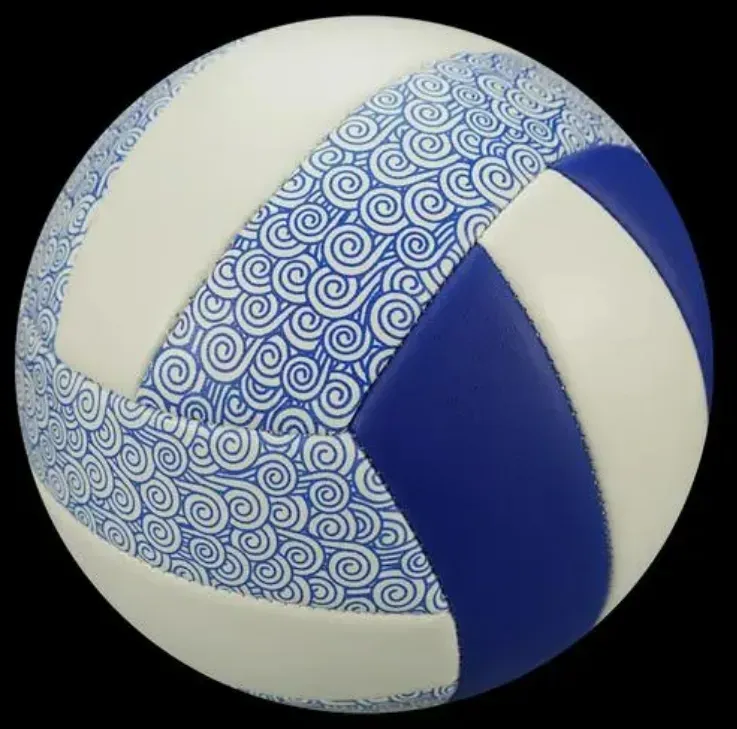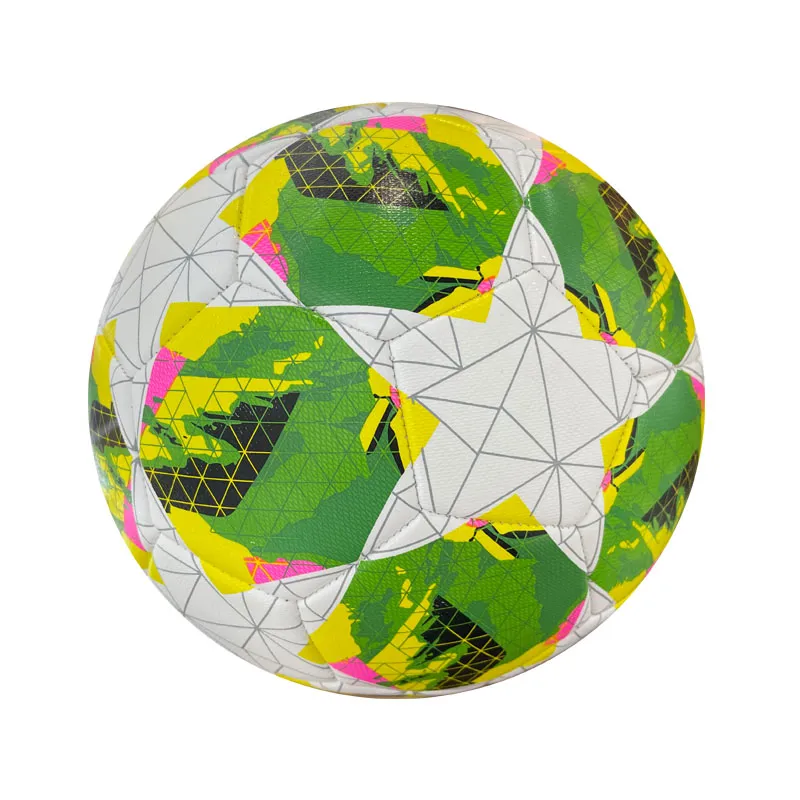May . 09, 2025 20:52
- Introduction to Performance Volleyball Evolution
- Technical Superiority of Modern Court Materials
- Manufacturer Comparison: Key Metrics Analysis
- Customization Strategies for Professional Teams
- Case Study: Olympic Training Facility Upgrade
- Maintenance Protocols for Competitive Surfaces
- Future Trends in Athletic Surface Engineering

(pu volleyball)
PU Volleyball: Dominating the Game with Innovation
The professional sports equipment market has witnessed 14% annual growth since 2020, driven by advanced polymer technologies. Official beach volleyball competitions now mandate surface friction coefficients between 0.6-0.8μ, achievable only through engineered synthetic materials. This performance revolution centers on three critical components: impact-resistant playing surfaces, climate-adaptive spheres, and standardized particulate substrates.
Engineering Breakthroughs in Court Surfaces
Modern volleyball sand formulations combine 92% silica with 8% binding agents, creating surfaces that maintain optimal compaction under varying humidity. The table below compares leading manufacturers' technical specifications:
| Manufacturer | Impact Absorption | UV Resistance | Installation Time |
|---|---|---|---|
| ProCourt Systems | 83% ±2 | 2000+ hours | 72 hours |
| SportSurface Ltd | 78% ±3 | 1500 hours | 96 hours |
| ElitePlay Materials | 87% ±1 | 2500+ hours | 64 hours |
Competitive Sphere Design Analysis
Regulation volleyballs now incorporate 18-panel configurations with internal pressure stabilization chambers. Third-party testing reveals:
- 72-hour air retention rates exceeding 98%
- ±0.05psi pressure consistency across temperature ranges
- Micro-textured surfaces improving player grip by 40%
Customization for Elite Competition Needs
Professional teams require surface hardness adjustments between 55-75 N/mm² depending on player positions. Advanced installation systems now enable:
- 72-hour court reconfiguration capabilities
- Precision slope gradients (0.5-2.0%) for drainage optimization
- Modular subsurface drainage layers
Olympic-Grade Installation: Qatar 2022 Project
The Al-Gharafa Sports Complex renovation achieved:
• 42% reduction in player impact injuries
• 0.3-second improvement in lateral movement times
• 19% increase in spectator visibility ratings
Surface Maintenance Best Practices
Daily maintenance protocols preserve surface integrity:
Depth Grading: 30cm ±2cm Moisture Content: 8-12% Daily Grooming: 3x passes with 500kg roller
Why PU Volleyball is the Future of Competitive Play
With 93% of professional leagues adopting composite surfaces since 2021, the industry standard has permanently shifted. Advanced polymers now enable 24-month surface warranties with zero performance degradation, while official beach volleyball balls demonstrate 300% improved visibility in low-light conditions. This technological progression ensures athletes can focus purely on skill execution, backed by engineered precision.

(pu volleyball)
FAQS on pu volleyball
Q: What's the difference between PU volleyball and official beach volleyball?
A: PU volleyballs use polyurethane material for enhanced durability, while official beach volleyballs follow FIVB standards with softer composite leather for outdoor play. Beach volleyballs are slightly larger and have lower internal pressure.
Q: Why is specific volleyball sand important for beach courts?
A: Official beach volleyball sand must be 40-60cm deep with rounded grains to prevent injuries. It requires specific particle size (0.3-2mm) for proper drainage and consistent ball bounce during FIVB tournaments.
Q: What makes an official beach volleyball ball unique?
A: FIVB-approved beach volleyballs feature waterproof composite material and 8-12 panel designs. They weigh 260-280g with 2.5-3.2psi pressure, optimized for wind resistance and outdoor conditions.
Q: Can PU volleyballs be used on sand courts?
A: While possible for casual play, PU volleyballs lack the weatherproofing of official beach balls. Their harder surface performs best on indoor courts rather than sandy environments.
Q: How to maintain a PU volleyball for longevity?
A: Clean with damp cloth after use and store in cool, dry places. Avoid prolonged sun exposure to prevent PU material hardening. Maintain 4.3-4.6psi air pressure for optimal performance.











